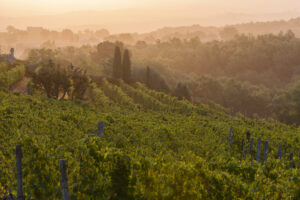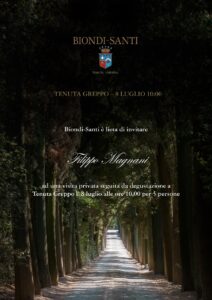Nebbiolo Prima has become an important event and now truly represents the very first opportunity to evaluate the new vintages of Barolo, Barbaresco, and Roero the champions of Piedmont. This year, tasters and journalists had the opportunity to REVIEW 311 wines produced by 180 wineries.
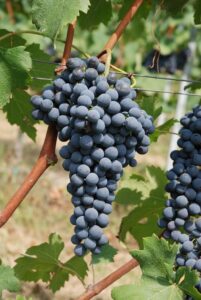
The Unione Produttori Vini Albesi is a consortium, founded to promote the wines of the Alba region. The history of this consortium is linked in a twofold way to the same-named and unmistakable Albeisa bottle. For Nebbiolo Prima this year, the consortium has organized a limited tasting. This tasting includes four days of intensive work, all dedicated to one of the protagonists of the Italian wine scene and a milestone to discover Barolo, Barbaresco, and Roero territories: Nebbiolo grape, the noble of Italian native grape varieties.
The name Nebbiolo derives from the Italian word “Nebbia” which translated means fog or mist. This is a challenging and sensitive grape that, in the right hillside spot (south-facing), expresses itself in a unique and beautiful complexity. It prefers a rich calcareous tufa-based soil – such as the ones in Barolo, Barbaresco, and Roero.
All denominations and sub-zones were presented at the tasting blind: DOCG Barolo 2018 and Riserva 2016, DOCG Barbaresco 2019 and Riserva 2017, and DOCG Roero 2019 and Riserva 2018. THE wines were eloquent witnesses to the myriad facets of its incredible terroir.
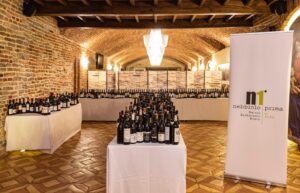
Tasting report of Nebbiolo Prima 2022
Roero
Roero is located to the north of Alba town, in the province of Cuneo, on the left bank of the river Tanaro, between the plain of Carmagnola and the low hills of Asti.
Below are the tasting notes of Claudia Marinelli, a colleague of mine, who replaced me this year:
Tastings Roero DOCG 2019
Most of the Roero 2019 I tasted were fresh harmonious with good fruit and lively acidity.
Winery: Casetta Carlo – Montà
Wine: Roero Docg 2019 Fil
Pale ruby core with light purple hue towards the edge. The nose is fruity, with balsamic notes and a hint of fresh leather. Well structured body with medium alcohol and soft tannins well integrated with the fruit.
Winery: Ponchione Maurizio – Govone
Wine: Roero Docg 2019 Monfrini
Medium ruby-red. Intense flavour of dark cherry and light notes of china.
Medium acidity with discreet alcohol level and soft tannin. Fruity and spicy. Quite a long aftertaste.
Tastings Roero DOCG 2018 Riserva
Across the tasting of the riservas, I noted some wines with good freshness and preserved ripe tannins and good body.
Winery: Lorenzo Negro – Monteu Roero
Wine: Roero Docg Riserva 2018 S.Francesco
Colour ranging from ruby core to light garnet rim. Intense flavour of ripe plum with balsamic and hint of rose. Amble, with lively red cherry. Good structure with quite delicate tannins. Lovely wine.
Winery: Cascina Chicco – Vezza d’Alba
Wine: Roero Docg Riserva 2018 Valmaggiore
Deep ruby colour. Rich bouquet of blackcherry with hints of rosemary. Round, full body and warm. Pleasant. quite powerful tannins and long length. Lovely nebbiolo.
Barbaresco
The area of production includes the entire territory of the villages of Barbaresco, Treiso and Neive, plus part of the territory of the Alba municipality.
Tastings Barbaresco DOCG 2019
In general Barbarescos of this year turned out to be soft, fruity with good structure and balance. This is partly a reflection of the vintage which started cool and finished warm with nice weather during harvest.
Winery: Cascina Luisin – Barbaresco
Wine: Barbaresco Docg 2019 Asili
Bright with a deep garnet core. Pronounced flavour of blackcherry with scents of roses. Spicy notes of liquorice. . Good balance of body, fruit, acidity and velvety tannins. Long, vibrant, finish. An outstanding wine.
Winery: Pertinace – Treiso
Wine: Barbaresco Docg 2019 Marcaini
Bright, deep garnet colour. The nose rich in blueberry and forest floor perfumes. Nice, vibrant entrance in the palate. Medium body and harmonious structure with dried prune and liquorice. Quite a long aftertaste
Winery: Castello di Verduno – Barbaresco
Wine: Barbaresco Docg 2019
Intense and brilliant garnet colour. Pronounced intensity of dark cherry and plum with spicy notes of liquorice and hint of wisteria. Medium plus acidity, full-body wine with firm tannins and toasty light notes at the end. Excellent wine.
Winery: Musso – Barbaresco
Wine: Barbaresco Docg 2019 Rio Sordo
Medium garnet core, paler towards the edge. The wine displays intense floreal notes mixed with balsamic scents and overtones of graphite. The palate expresses ripe fruit with a hint of vanilla. Good acidity, firm tannins and long finish. I really like it.
Tastings Barbaresco DOCG 2017 RISERVA
I found a wide range of great wines, showing high intensity and complexity of aromas. I have tasted well balanced wines with body and rich in fruit.
Winery: Socré – Barbaresco
Wine: Barbaresco Docg 2017 Riserva Roncaglie
The colour is deep garnet with a compact rim. Intense bouquet of cherry with notes of violet. Scents of spices, tobacco and rhubarb. A dry, full body wine with good sapidity, well balanced structure and medium ripe tannins. Elegant.
Winery: Produttori del Barbaresco – Barbaresco
Wine: Barbaresco Docg 2017 Riserva Ovello
Deep garnet core with ruby tinge. Intense bouquet of black cherry and leather. Good structure with medium-plus acidity, medium alcohol and leather overtones. Velvety tannins, well integrated with the fruit. Juicy finish.
Barolo
Barolo is made in eleven ‘communes’ or village territories: Barolo itself, La Morra, Monforte, Serralunga d’Alba, Castiglione Falletto, Novello, Grinzane Cavour, Verduno, Diano d’Alba, Cherasco, Roddi.
Tastings Barolo DOCG 2018 (taster Claudia Marinelli)
The 2017s showed ripe fruit and good structure with great aromatic intensity. A sufficient level of acidity guarantees freshness to almost all wines. In general, I tasted good wines that proved the hard work of the producers during an uneasy season.
Winery: Ratti – La Morra
Wine: Barolo Docg 2018 Conca
Medium garnet core with narrow tawny rim. Great nose with ripe plum, balsamic notes with hints of liquorice and rhubarb. Slight notes of leather. Medium body with ripe red fruit and freshness. Moderate coarse tannins. Elegant , long finish. Great potential.
Winery: Fratelli Barale – Barolo
Wine: Barolo Docg 2018 Castellero
Bright with intense garnet core and paler rim. The wine displays red fruit and cytrus notes mixed with hearty overtones. Exuberant and full body in the palate, elegant fruit and exuberant tannins. Long, fresh finish. Very good wine.
Winery: Giacomo Fenocchio – Castiglione Falletto
Wine: Barolo Docg 2018 Villero
Medium garnet red turning slightly twarny. Pronounced bouquet of blackcherry, dried prune and leather. Overtones of coconut and the scent of incense. Lovely palate, deep fruit with firm tannins. Long finish.
Winery: Giuseppe Rinaldi – Barolo
Wine: Barolo Docg 2018 Brunate
Brilliant, deep garnet colour with compact rim. Various and intense aromas of ripe plum, blackberry and tobacco. Rich in structure, with persistent ripe fruit well balanced with the firm tannins. Fresh long finish.
Winery: Conterno Fantino – Monforte d’Alba
Wine: Barolo Docg 2018 Castelletto Vigna Pressenda
Clear, deep red garnet colour. Intense flavour of dark cherry and prune. Light notes of eucalyptus and rhubarb. The mouth is dense with medium soft tannins and toasty hints. Elegant wine with long and juicy aftertaste. This is an excellent wine.
Tastings Barolo DOCG 2016 Riserva (taster Claudia Marinelli)
In general, the wines were balanced showing good ripeness and discrete alcohol level. Averagely rich in tannins with long finish. To me these riservas showed great potential.
Winery: Cavallotto – Castiglione Falletto
Wine: Barolo Docg 2016 Riserva Bricco Boschis Vigna San Giuseppe
Intense garnet red colour with pale tawny reflections. Complex nose with intense flavour of dark cherry, leather and china. Fragrant, with juicy palate with lively acidity. Discrete alcohol level and soft tannins. Long finish. Really good wine.
Winery: Brezza Giacomo e Figli – Barolo
Wine: Barolo Docg 2016 Riserva Sarmassa Vigna Bricco
Deep garnet core with paler rims. Pronounced intensity of ripe plum and prune with overtones of cinnamon and nutmeg. Lovely ripe blackcherry in the palate. Well-integrated into a medium body with round, fine tannins. Fresh and sapit finish.
I really wish to thank you to Liz Palmer, who
kindly proposed me to participate and report on the Nebbiolo Prima 2022,
representing her website together with Claudia Marinelli.
See you in Piedmont!
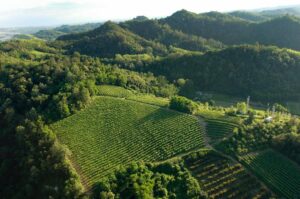
#Alba #Piedmont #nebbioloprima2022 #winetasting #winecompetition #barolo #barolowine #nebbiolo ##piemonte #wine #italy🇮🇹 #madeinitaly #winetasting # #italianwine #itallianwinelovers
#Barbaresco #Roero #winetrade @albeisawines #travelling #winetravels


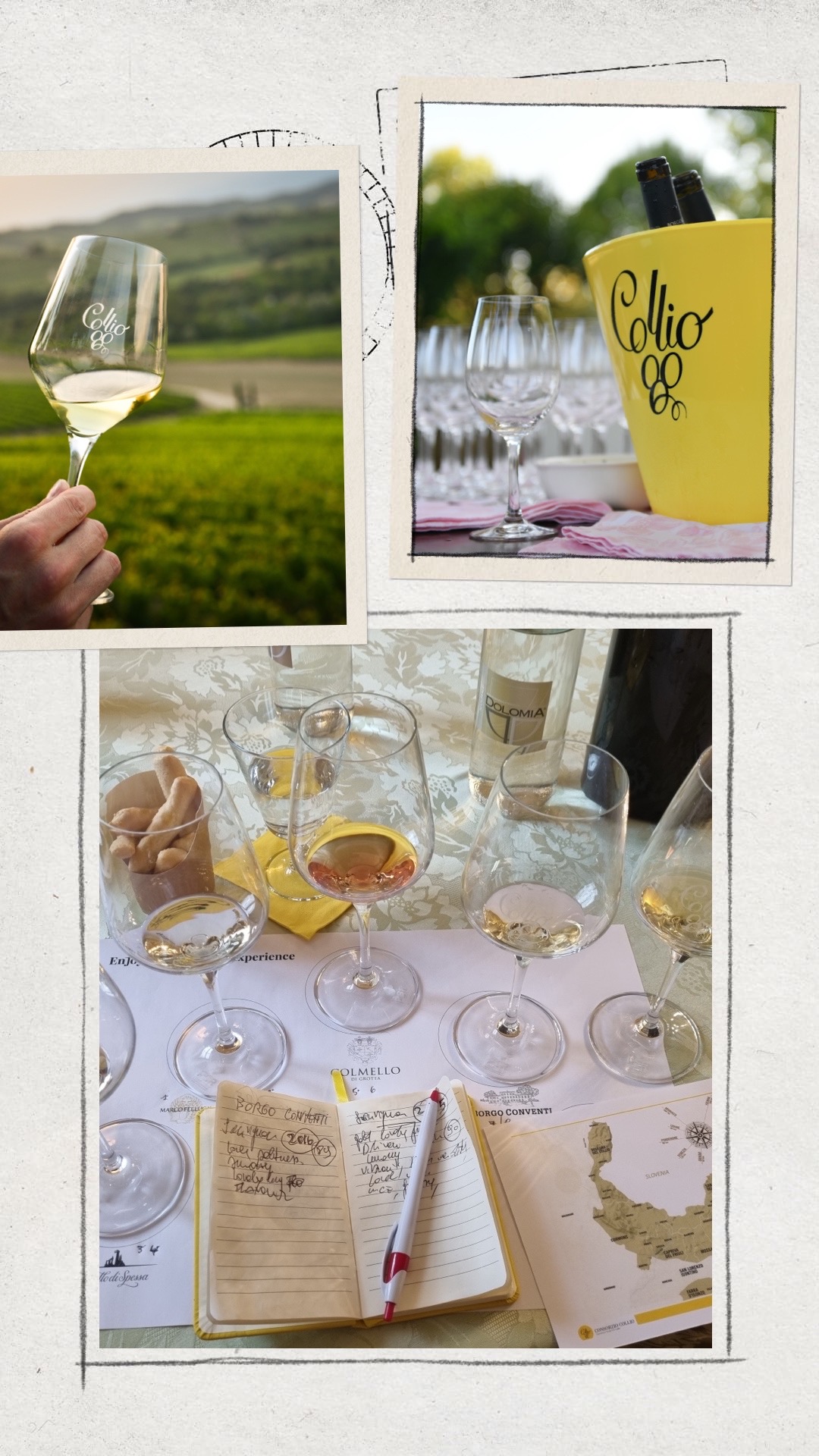
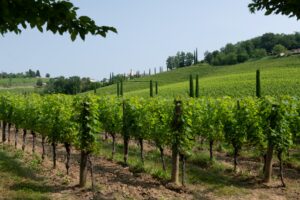
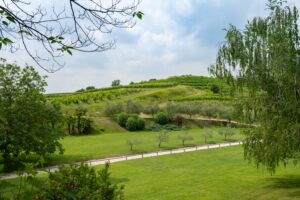
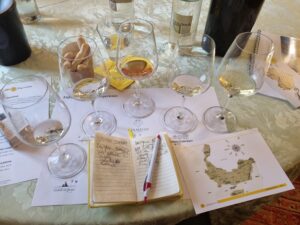 Collio, a wine destination beyond the wine
Collio, a wine destination beyond the wine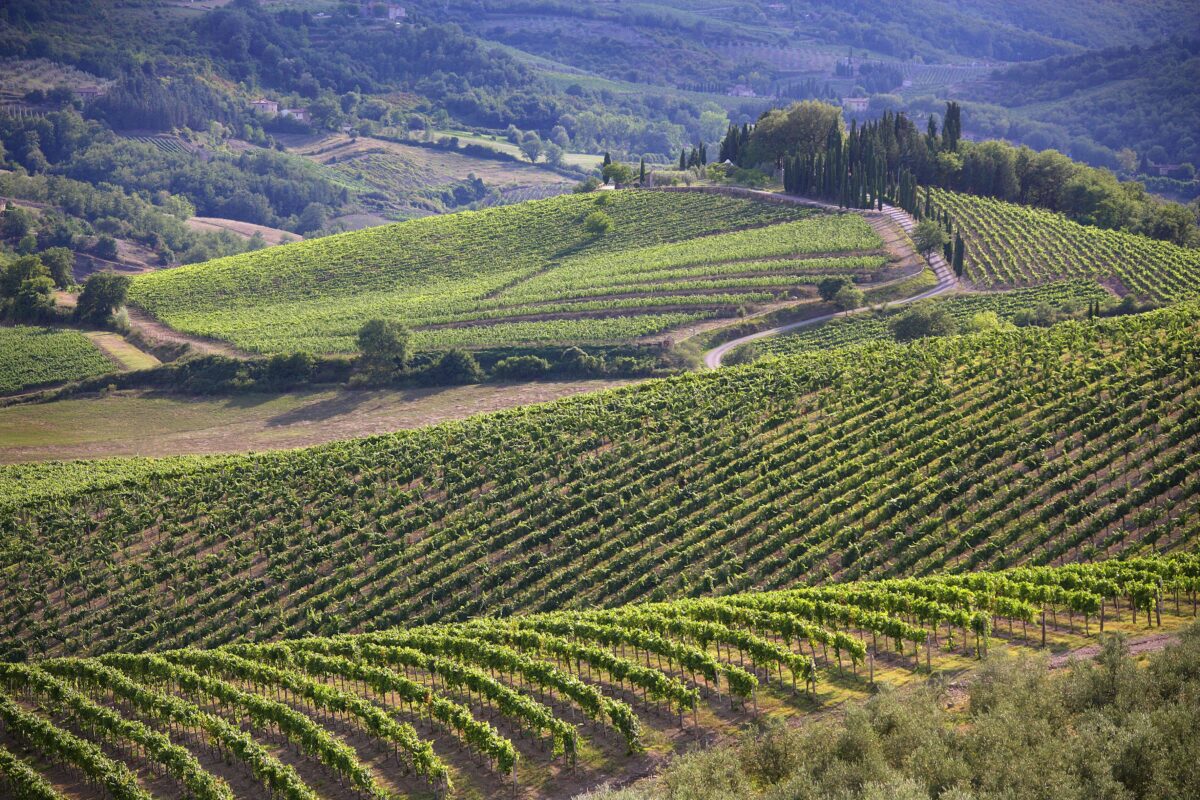
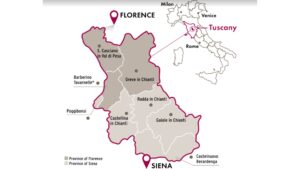
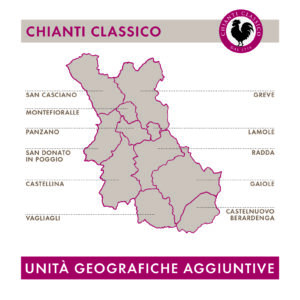
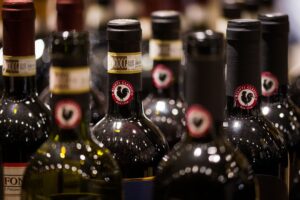
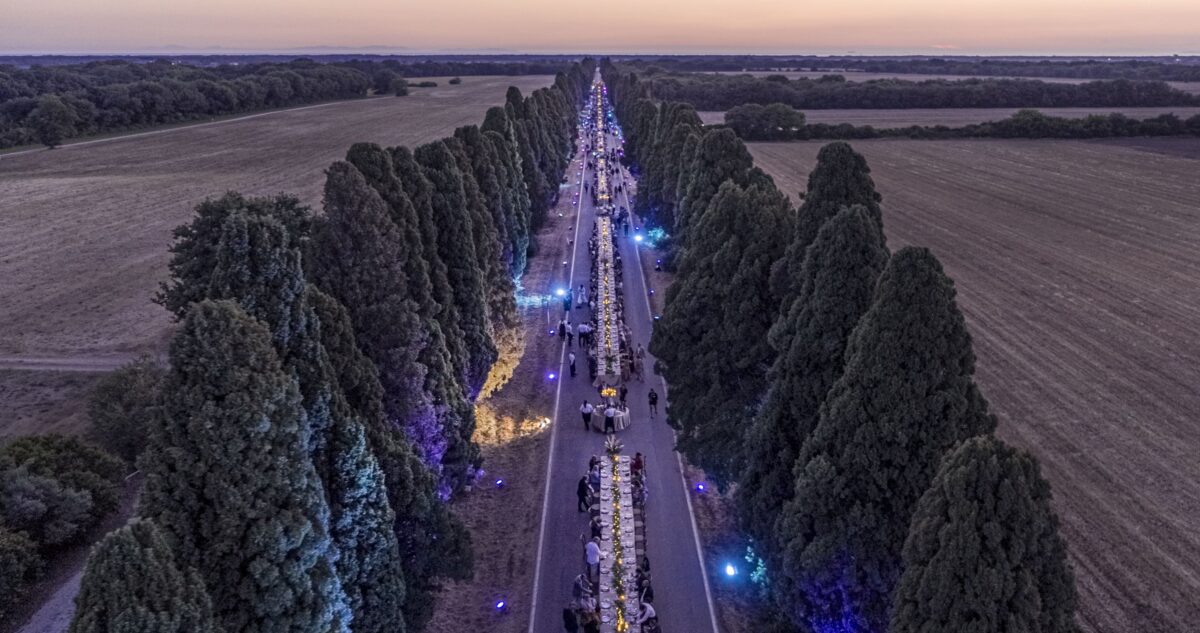
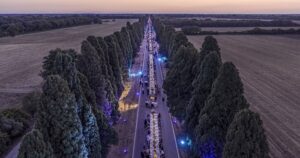
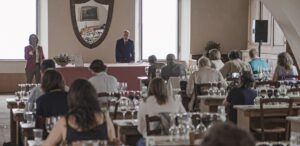
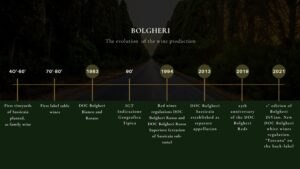
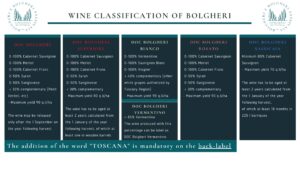
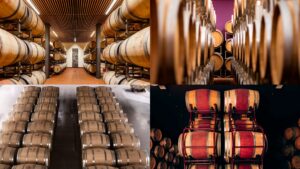 The diversification of the wineries, both in their own stories and their production, under the libertarian philosophy of the DOC cited above, permit the interpreters to tell their very personal interaction with the environment.
The diversification of the wineries, both in their own stories and their production, under the libertarian philosophy of the DOC cited above, permit the interpreters to tell their very personal interaction with the environment.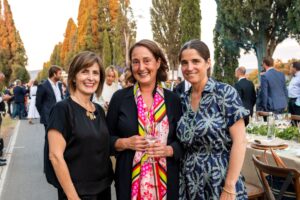
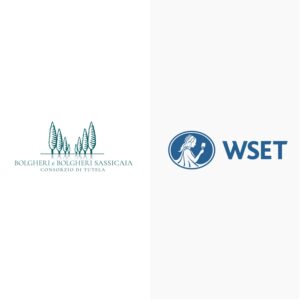 I’d like to proudly underline that the Consorzio per la Tutela dei Vini DOC Bolgheri e DOC Bolgheri Sassicaia has recently become the first-ever Italian appellation WSET Corporate Patron. I am sure this collaboration will bring a great value in terms of education and qualifications to inspire and empower all the actors of the Bolgheri wine territory.
I’d like to proudly underline that the Consorzio per la Tutela dei Vini DOC Bolgheri e DOC Bolgheri Sassicaia has recently become the first-ever Italian appellation WSET Corporate Patron. I am sure this collaboration will bring a great value in terms of education and qualifications to inspire and empower all the actors of the Bolgheri wine territory.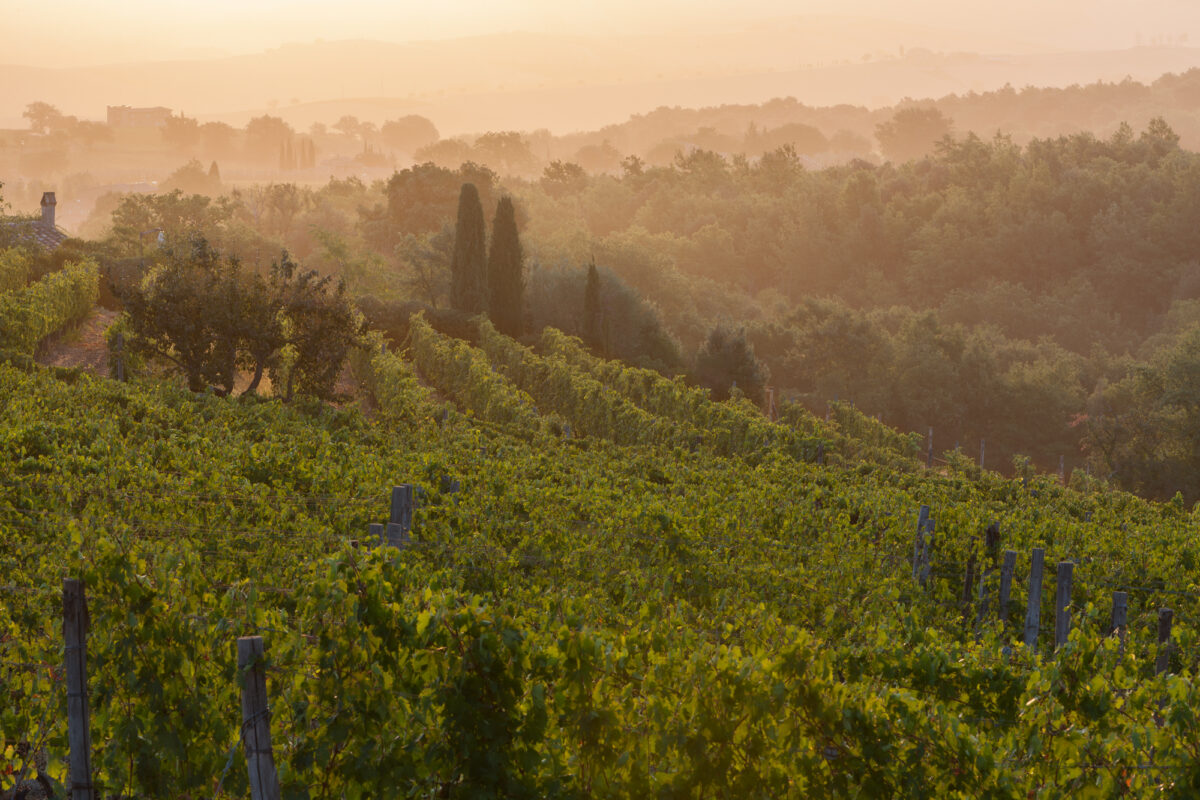
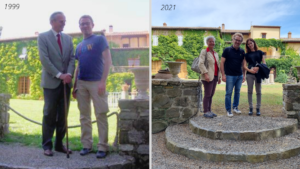 On July 8th I was thrilled to be invited to the estate of the renowned Brunello producer, Biondi Santi. I also had the pleasure to taste their magnificent wines. It has been a great honor for me to be back in the place where the legendary Brunello di Montalcino has been created.
On July 8th I was thrilled to be invited to the estate of the renowned Brunello producer, Biondi Santi. I also had the pleasure to taste their magnificent wines. It has been a great honor for me to be back in the place where the legendary Brunello di Montalcino has been created.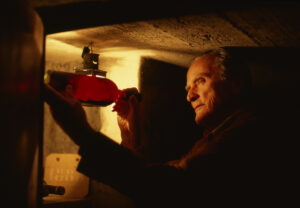
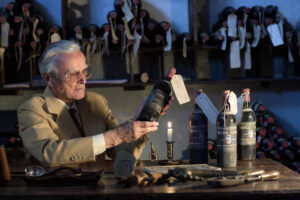 After many years and long tradition in the wine production, the new generations of the family, Jacopo Biondi Santi and his son Tancredi Biondi Santi initiated a major change and evolution for Tenuta Greppo, welcoming a new partner in the leading of the estate to be able to continue the enduring commitment of producing outstanding wines. Today the winery is under the guidance of Christopher Descours, proprietor of the EPI Group, who leads hand in hand with an extremely qualified Italian team. An important strategic alliance driven by the great respect for the bicentenary know-how in the vine growing and by the common goal of reaffirming once again Biondi-Santi among the most special and desired wines in the world. The vision of the new partner was endorsed immediately by Giampiero Bertolini who was appointed as CEO in November 2018 standing at the helm of the historic winery today.
After many years and long tradition in the wine production, the new generations of the family, Jacopo Biondi Santi and his son Tancredi Biondi Santi initiated a major change and evolution for Tenuta Greppo, welcoming a new partner in the leading of the estate to be able to continue the enduring commitment of producing outstanding wines. Today the winery is under the guidance of Christopher Descours, proprietor of the EPI Group, who leads hand in hand with an extremely qualified Italian team. An important strategic alliance driven by the great respect for the bicentenary know-how in the vine growing and by the common goal of reaffirming once again Biondi-Santi among the most special and desired wines in the world. The vision of the new partner was endorsed immediately by Giampiero Bertolini who was appointed as CEO in November 2018 standing at the helm of the historic winery today. 